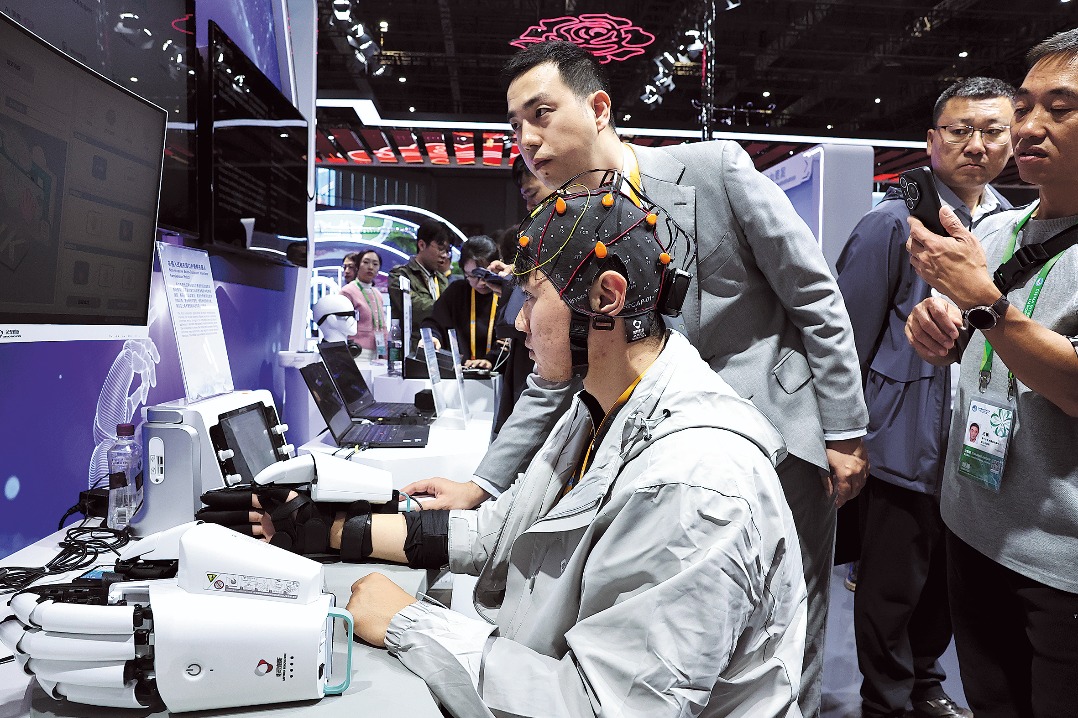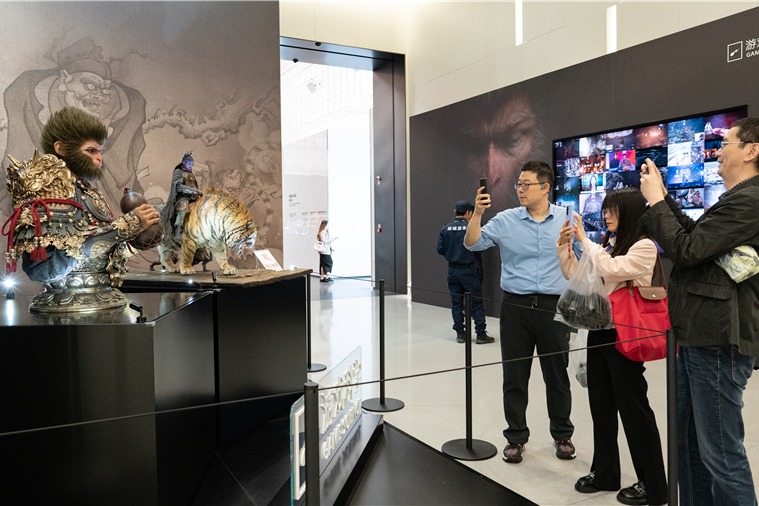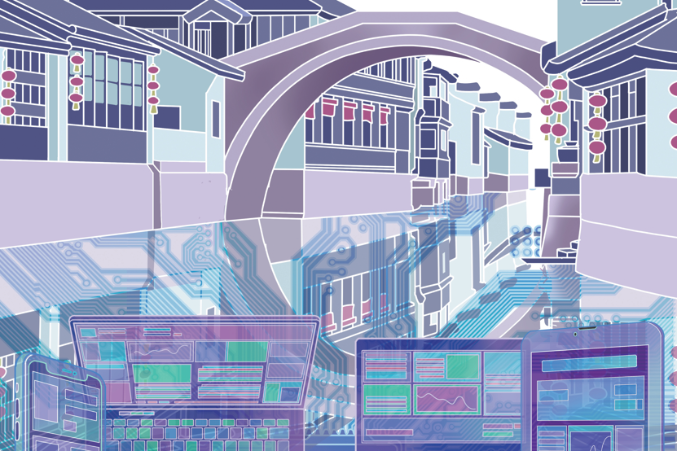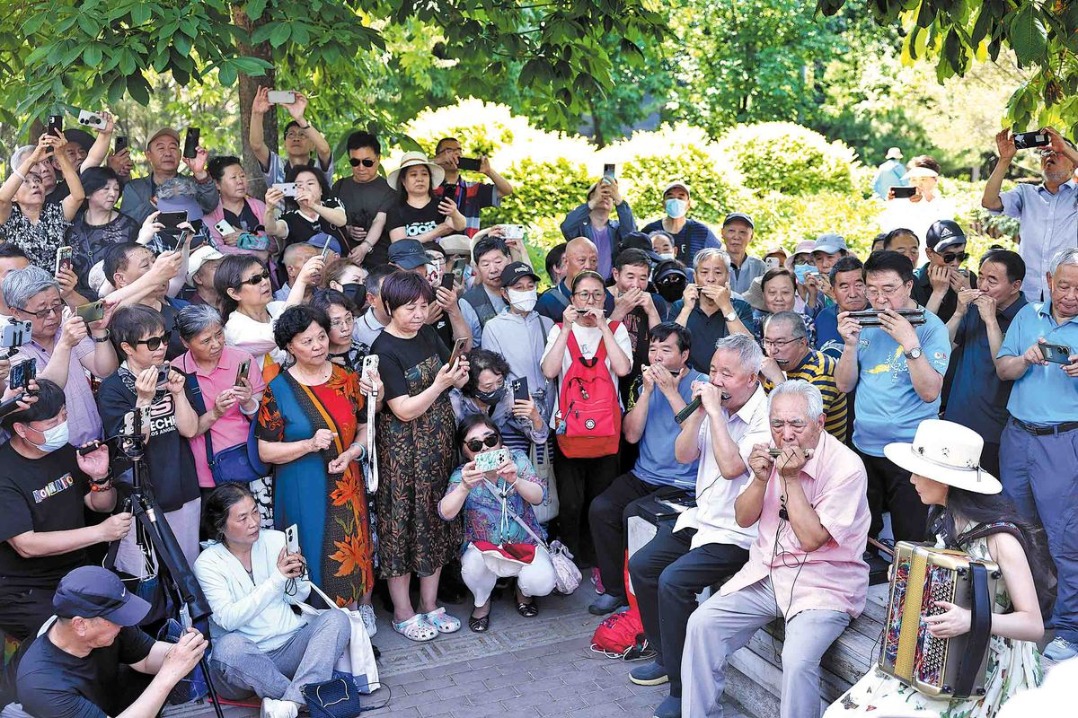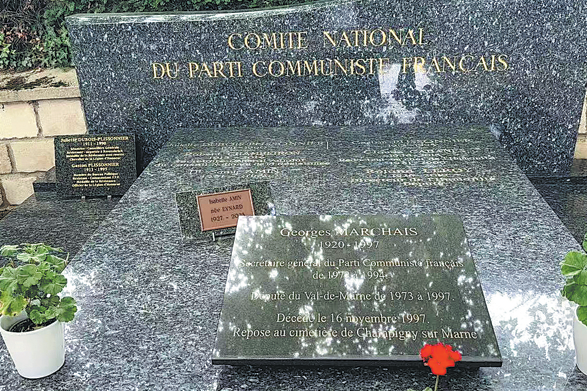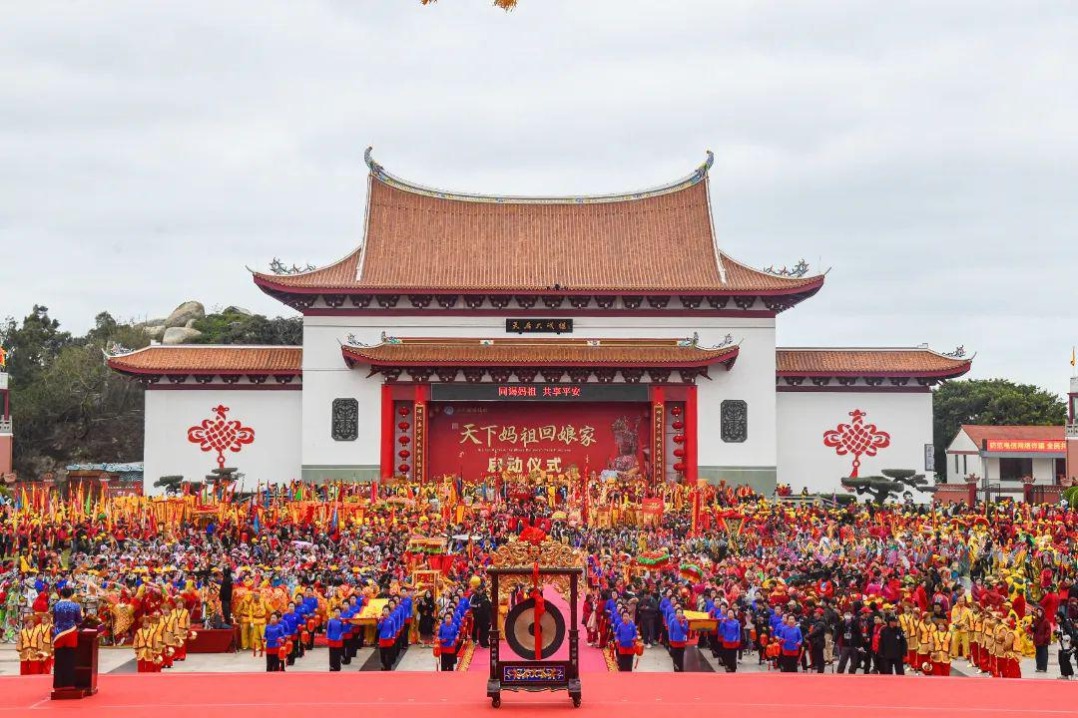My fascination with China began in Scotland


Today Glasgow has a large number of Chinese students attending its group of leading universities. This younger group is very noticeable, for example along both busy Sauchiehall and Buchanan Street. The latter, one of the UK’s quality shopping avenues, is the location of Princes Square, a carefully crafted restoration of older Victorian-era buildings. It became an area of boutique shops and ‘chic’ restaurants. Returning from Guangzhou in 1993, every week I would head to its Chinese food court before attending evening studies of Chinese language and culture at the University of Glasgow. Such a range of restaurants did not exist during my undergraduate days at city center Strathclyde University.
It was a delight to return recently to that university, rediscovering the lecture theater where I attended my first classes, now many years ago. At that time all notices were in English, it was fascinating now to see much in a range of languages, including Chinese. A large body of international students is attracted towards its highly regarded engineering and science research facilities. Glasgow was at the heart of many major innovations critical for Britain’s 18th century Industrial Revolution. James Watt's improvements to the steam engine, for example, converted it into a mechanical workhorse for the Industrial Revolution. This occurred in 1776 while Watt was working as an instrument maker at the University of Glasgow. At that time it was located within the early historic city. Strathclyde, the UK's first technological university traces its roots back to 1796 while the university itself received its charter in 1964 through the merger of leading institutes and colleges of technology and business.



















